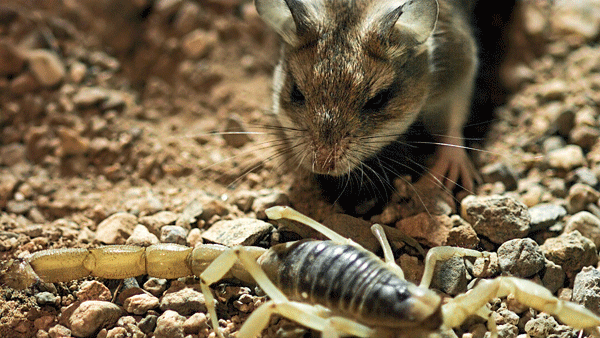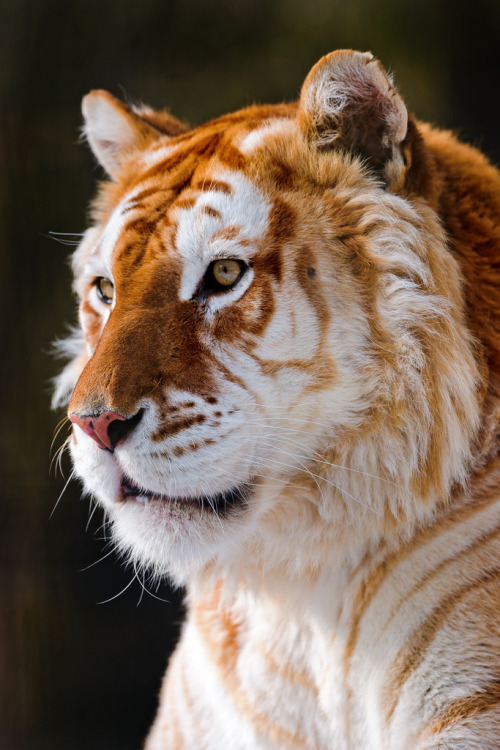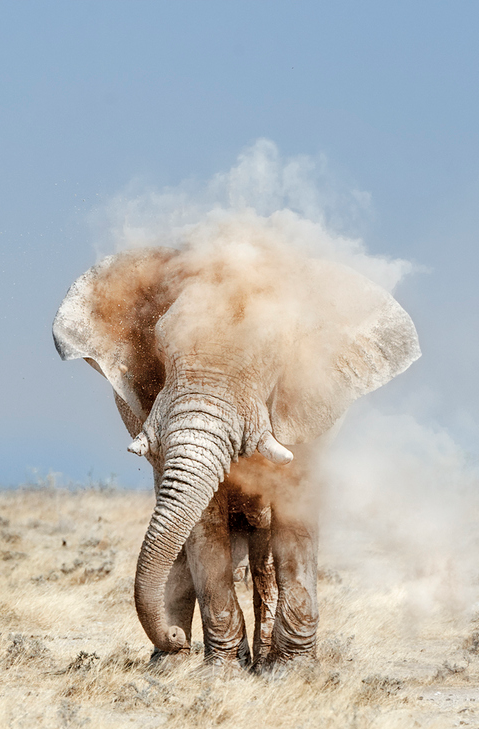
Monday, February 11, 2013
Thursday, February 7, 2013
Sunday, February 3, 2013
Worlds Shiniest Living Thing

These Pollia condensata berries are so colorful that they might have been picked
minutes ago. In fact, they were gathered in 1974. Found deep in the Ghana forest,
this tropical metre-tall herb sprouts its shiny berry-like fruits in clusters up to
40-strong. These little orbs are iridescent – they use special layers of cells, arranged
just so, to reflect colours with extraordinary intensity. This trick relies on the micro-
scopic physical structures of the cells, rather than on any chemical pigments. Indeed,
the fruits have no blue pigment at all. Like beetles and butterflies the color does not
degrade over time. Researchers say that P. condensata's blue is the most intense color
in the natural world.
Source: www.wired.com/best-science-imges-2012
Friday, February 1, 2013
Carnivorous Grasshopper Mouse

It's the southern grasshopper mouse (Onychomys torridus), the only carnivorous
mouse in North America. Its unique biology and resistance to scorpion venom
may one day help researchers treat human pain disorders. But for now, it's just after blood.
Its behavior is rather distinct from other mice. It is a carnivorous rodent, dining
on insects (such as grasshoppers), worms, scorpions, snakes, and even other mice.
It also stalks its prey in the manner of a cat sneaking up quietly, and defends its
territory by "howling" like a small wolf.
Source: www.newscientist.com
Methane Trapped in Ice

Bubbles of methane trapped in frozen Abrams lake, Canada.
Photographer Fikret Onal explains, "The plants on the lake bed release methane
gas and methane gets frozen once coming close enough to much colder lake surface
and they keep stacking up below once the weather gets colder and colder during
the winter season."
Subscribe to:
Posts (Atom)

